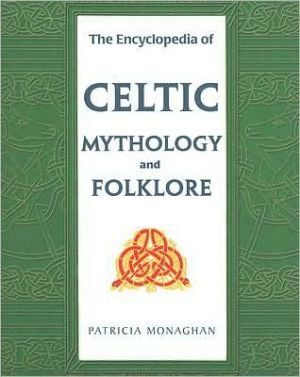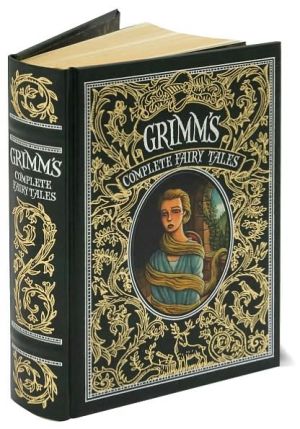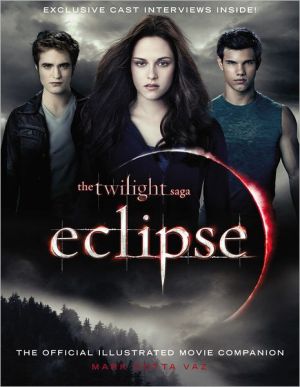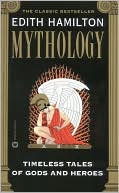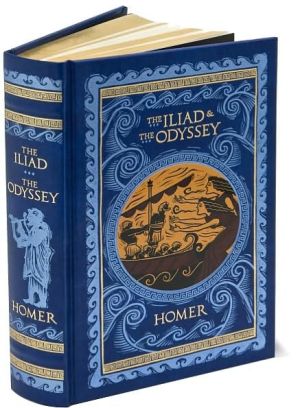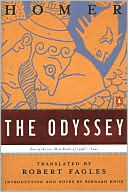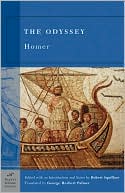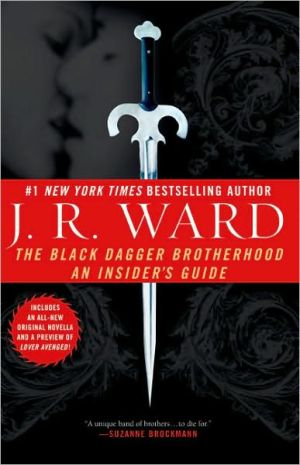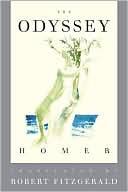The Encyclopedia of Celtic Mythology and Folklore
The Encyclopedia of Celtic Mythology and Folklore explores the lore of the people of the Celtic lands, including Ireland, Scotland, Celtic Britain, Wales, Brittany and central France, and Galicia. This reference begins with an overview of Celtic history, language, society, and religion and explains fundamental aspects of Celtic mythology. Entries emphasize the original sources of myths and traditions and include cross-references and bibliographic citations.
Search in google:
Containing approximately 1,000 alphabetically arranged entries, this reference explores the mythology and folklore of the people of the Celtic lands, including Ireland, Scotland, Celtic Britain, Wales, Brittany, and central France and Galicia. With an emphasis on the original sources of myths and traditions, the cross-referenced entries cover mythic and heroic figures, narrative and epic cycles, themes and concepts, and sacred and historical places. Monaghan (mythology and literature, DePaul U., Chicago) provides an overview of Celtic history, language, society, and religion in the introduction. Annotation ©2004 Book News, Inc., Portland, OR Library Journal Aimed at the general reader, this reference work provides concise information on Celtic traditions from Ireland, Scotland, Britain, Wales, Brittany, central France, and Galicia in northwestern Spain. It includes descriptions of the Celts' religious beliefs, rituals, stories, songs, tales, and oral histories. Monaghan (The Book of Goddesses and Heroines), who teaches mythology at DePaul University, starts off with an introductory overview of the fundamental aspects of Celtic history, language, society, and religion. She then arranges some 1000 entries alphabetically in dictionary format, which average between one to two paragraphs in length. The descriptions include cross references to other entries in the volume, as well as citations to relevant information sources. There is also an extensive bibliography and a helpful index. The work is most comparable to Miranda Green's Dictionary of Celtic Myth and Legend (without the illustrations and at a significantly higher cost); it is not as comprehensive as James Mackillop's Dictionary of Celtic Mythology or Peter Ellis's Dictionary of Celtic Mythology but is more accessible. Recommended for academic and public libraries.-Eloise R. Hitchcock, Middle Tennessee State Univ. Lib., Murfreesboro Copyright 2004 Reed Business Information.
\ Library JournalAimed at the general reader, this reference work provides concise information on Celtic traditions from Ireland, Scotland, Britain, Wales, Brittany, central France, and Galicia in northwestern Spain. It includes descriptions of the Celts' religious beliefs, rituals, stories, songs, tales, and oral histories. Monaghan (The Book of Goddesses and Heroines), who teaches mythology at DePaul University, starts off with an introductory overview of the fundamental aspects of Celtic history, language, society, and religion. She then arranges some 1000 entries alphabetically in dictionary format, which average between one to two paragraphs in length. The descriptions include cross references to other entries in the volume, as well as citations to relevant information sources. There is also an extensive bibliography and a helpful index. The work is most comparable to Miranda Green's Dictionary of Celtic Myth and Legend (without the illustrations and at a significantly higher cost); it is not as comprehensive as James Mackillop's Dictionary of Celtic Mythology or Peter Ellis's Dictionary of Celtic Mythology but is more accessible. Recommended for academic and public libraries.-Eloise R. Hitchcock, Middle Tennessee State Univ. Lib., Murfreesboro Copyright 2004 Reed Business Information.\ \ \ \ \ School Library JournalGr 9 Up-Ancient Celtic peoples have made lasting contributions to current literature and culture in many parts of the world. Monaghan's 12-page introduction summarizes their possible origins, religious beliefs, languages, society, mythology, and relations with other cultures while the approximately 1000 alphabetically arranged entries describe gods, goddesses, heroes, folkloric elements, sacred sites, objects, and place names. Listings are by the most commonly accepted spelling of each item. Variant spellings often follow. Although an extensive bibliography is appended, many individual entries are followed by the bibliographic sources pertaining to them, complete down to specific pages. The well-designed index indicates each main article's page number in boldface, but also lists page numbers of related articles. This is a complex subject pieced together from Roman and Christian writings, oral traditions and archaeological artifacts, yet the author makes it comprehensible. Readers who enjoy compilations such as Joseph Jacobs's Celtic Fairy Tales (Dover, 1968) can use this encyclopedia to learn more about the interrelation of characters and the culture that created them. Students desiring illustrated narrative descriptions of Celtic culture and mythology may want to turn to Proinsias MacCana's Celtic Mythology (Peter Bedrick, 1985; o.p.) or Timothy R. Roberts's The Celts in Myth and Legend (MetroBooks, 1995).-Ann G. Brouse, Steele Memorial Library, Elmira, NY Copyright 2004 Reed Business Information.\ \
